
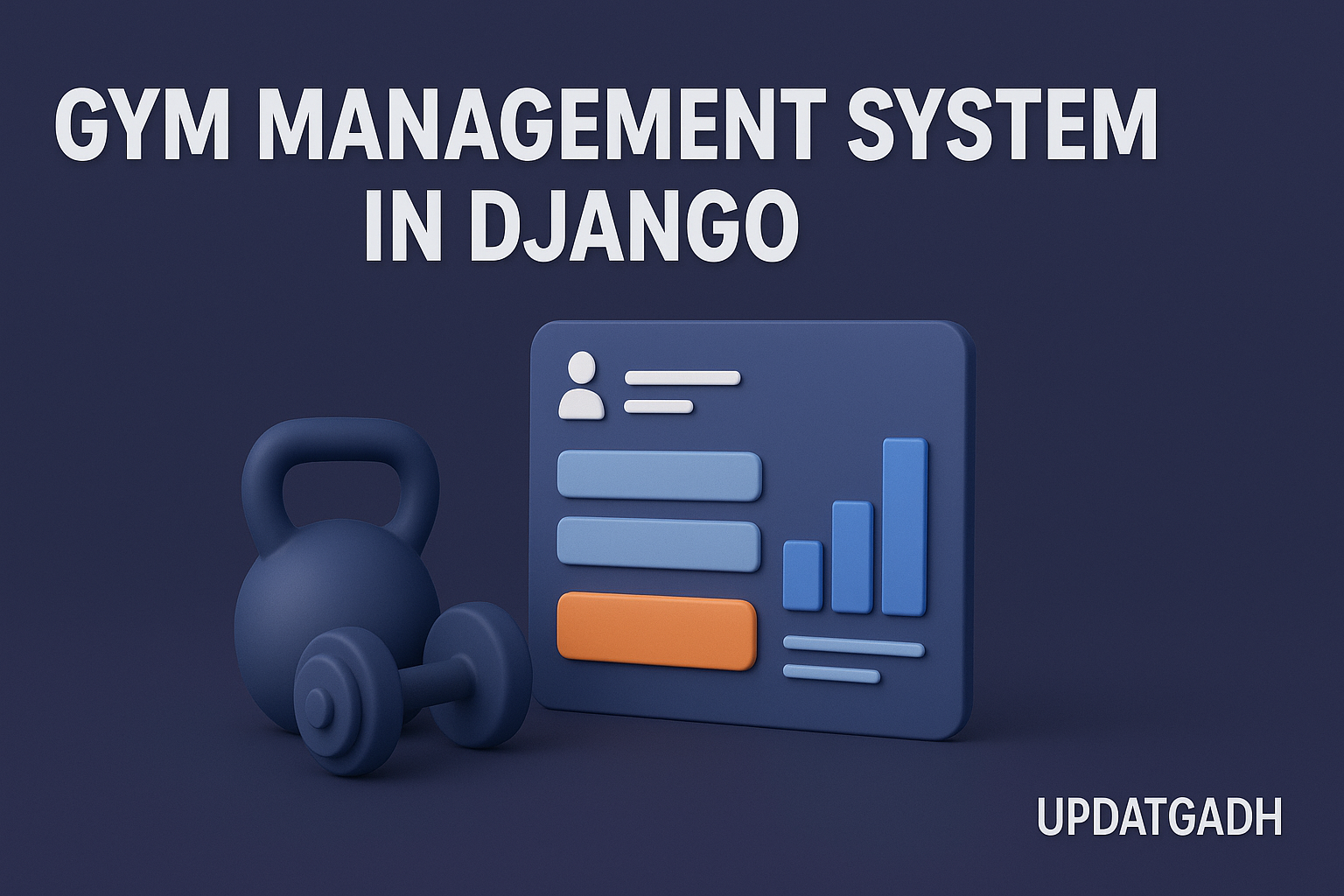
Best Gym Management System in Django – A Complete Solution for Modern Gyms
Gym Management System in Django
Introduction
Running a gym involves juggling many responsibilities such as managing staff, tracking attendance, maintaining equipment, scheduling workout sessions, handling membership fees, and keeping financial records. Managing all of this manually can be stressful, time-consuming, and prone to mistakes.The Gym Management System, built with Django, offers a complete web-based solution to handle these tasks efficiently. It provides structured tools for both managers and employees, ensuring smooth workflows, accurate records, and an improved member experience. Designed to match real-world gym operations, this system is a practical choice for fitness centers looking to stay organized and professional.
Overview
| Project Name | Gym Management System (Django) |
|---|---|
| Language/s Used | Python, Django, HTML, CSS, JavaScript |
| Database | MySQL |
This structured overview highlights the core details of the system. It is built with a reliable tech stack, backed by Django’s robust architecture and MySQL’s proven database capabilities, ensuring stability, scalability, and security.
Download New Real Time Projects :-Click here
Features
The Gym Management System comes with comprehensive features tailored for both Managers and Employees, with role-based access to ensure smooth operations.
Manager (Super User)
The manager acts as the super user and has the authority to oversee and manage all core aspects of the gym:
- Employee Management – Add, edit, and maintain employee records including their roles, contact details, and responsibilities. This helps ensure smooth staff coordination.
- Equipment Management – Keep track of gym equipment by creating new records, updating existing details, and maintaining accurate inventory. This ensures that resources are well managed and members always have access to functional equipment.
- Membership Packages – Describe membership tiers with specialised features and costs, such as Basic, Premium, Student, or Individual. This flexibility allows gyms to serve a wide variety of clients with different needs.
- Schedule Management – Create and oversee the schedules for members, coaches, and employees.Proper scheduling ensures optimized use of resources and avoids conflicts.
- Salary Management – Assign and manage salaries for both employees and coaches. This creates transparency and ensures timely compensation.
- Dashboard – View a centralized dashboard with a detailed overview of finances, including income and expense charts, credit and debit transactions, and other key metrics.
Employee
Employees also have dedicated functionalities that help them manage daily gym tasks:
- User Authentication – Employees log in securely with credentials provided by the manager. This restricts unauthorized access and protects sensitive data.
- Attendance Management – Workers can record their attendance within the time allotted to them. When needed, they can also keep track of coaches’ attendance.
- Due Bill Collection – Employees can collect member fees while verifying the validity of their membership and package. This ensures financial accuracy.
- Equipment Booking – Employees can book equipment for members while checking availability and ensuring it aligns with their membership package.
- Private Coach Session – Members can have private coaching sessions scheduled by staff members.The system automatically applies pricing rules: Premium members pay a discounted rate while others follow standard charges.
These carefully designed features ensure that both managers and employees have the tools needed to operate efficiently, while members benefit from streamlined services and reliable support.
Tech Stack
A variety of widely recognised technologies are used in the construction of the Gym Management System:
- Python – Core programming language powering the backend.
- Django – Framework providing structure, security, and scalability.
- HTML, CSS, JavaScript – For a responsive, user-friendly frontend.
- MySQL Database – For storing all gym-related data reliably.
This combination ensures the system is fast, secure, and capable of handling large volumes of data while maintaining performance.
Installation
Follow the steps below to install the Gym Management System locally:
- Navigate to the Project Directory
cd gym-management-system - Create Virtual Environment (Optional but recommended)
- On Linux/Mac:
python3 -m venv venv source venv/bin/activate - On Windows:
python -m venv venv venv\Scripts\activate
- On Linux/Mac:
- Install Dependencies
pip install -r requirements.txt - Configure Environment Variables
- Create a
.envfile inside thecorefolder. - Refer to
.env.examplefor required configurations such as database credentials.
- Create a
- Database Setup
- Create a MySQL database named
fitnessKindgom. - Run database migrations:
python manage.py migrate
- Create a MySQL database named
- Start the Server
python manage.py runserverAccess the system through:http://localhost:8000
Usage
- Manager Account Setup – To initialise the manager account, use Django’s createsuperuser command to create a superuser.
- Manager Dashboard – After logging in, the manager can monitor financial performance, view member data, and manage employees, equipment, and schedules from the dashboard.
- Employee Login – To do their jobs, employees use the login credentials that the boss has given them.
- Attendance Tracking – Employees can record their attendance and, if required, mark attendance for coaches.
- Payment Collection – Employees collect due bills, ensuring accuracy with package validation.
- Equipment & Session Booking – Employees can manage bookings for gym equipment and personal training sessions while following package and pricing rules.
We have projects Available in all languages:–Click Here
gym management system in django with source code
gym management system in django github
gym management system in django pdf
gym management system in django example
gym management system project in python pdf
gym management system project github
gym management system project in php
fitness tracker using django


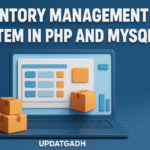

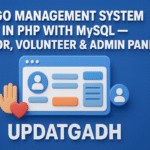


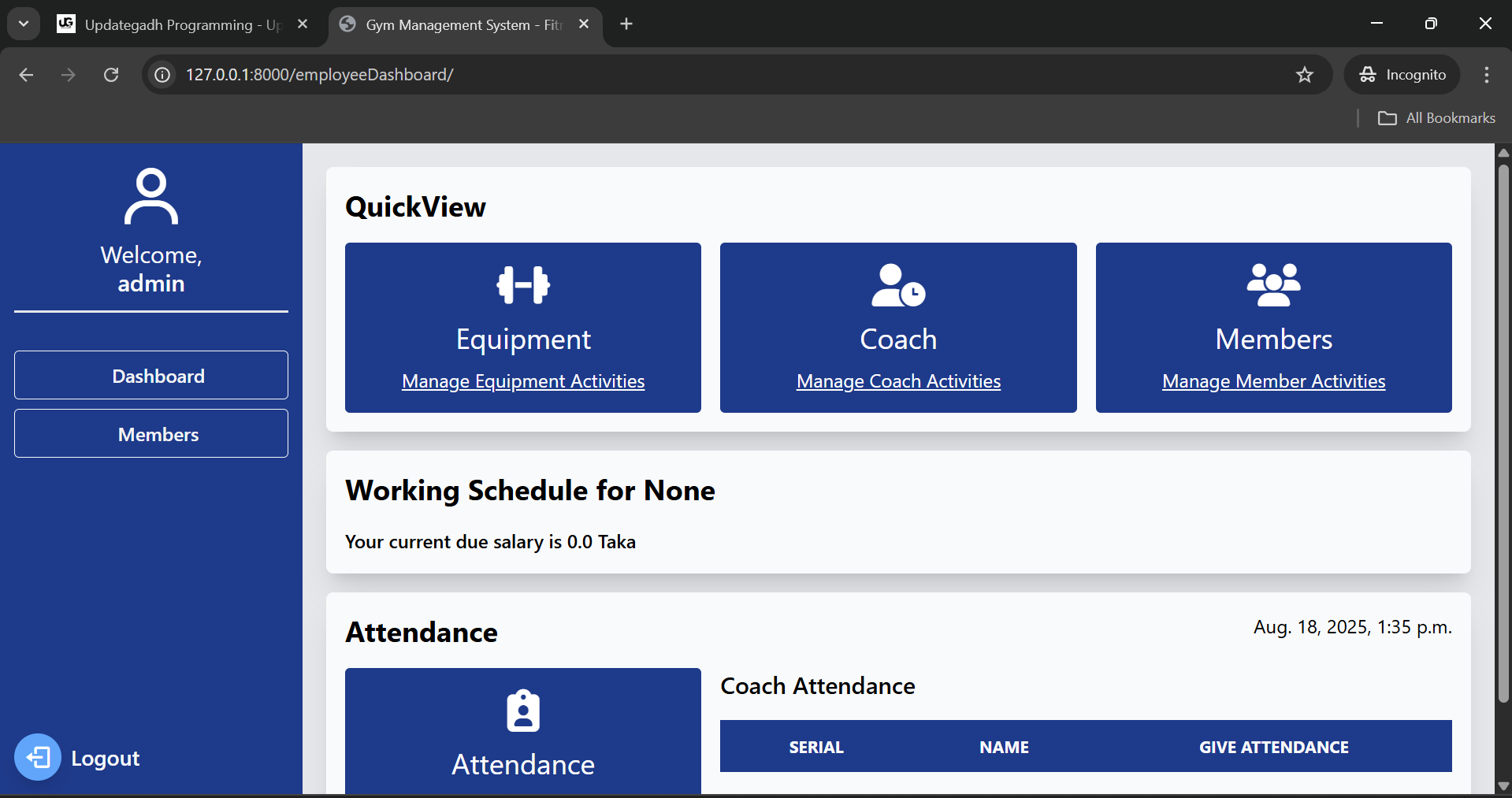
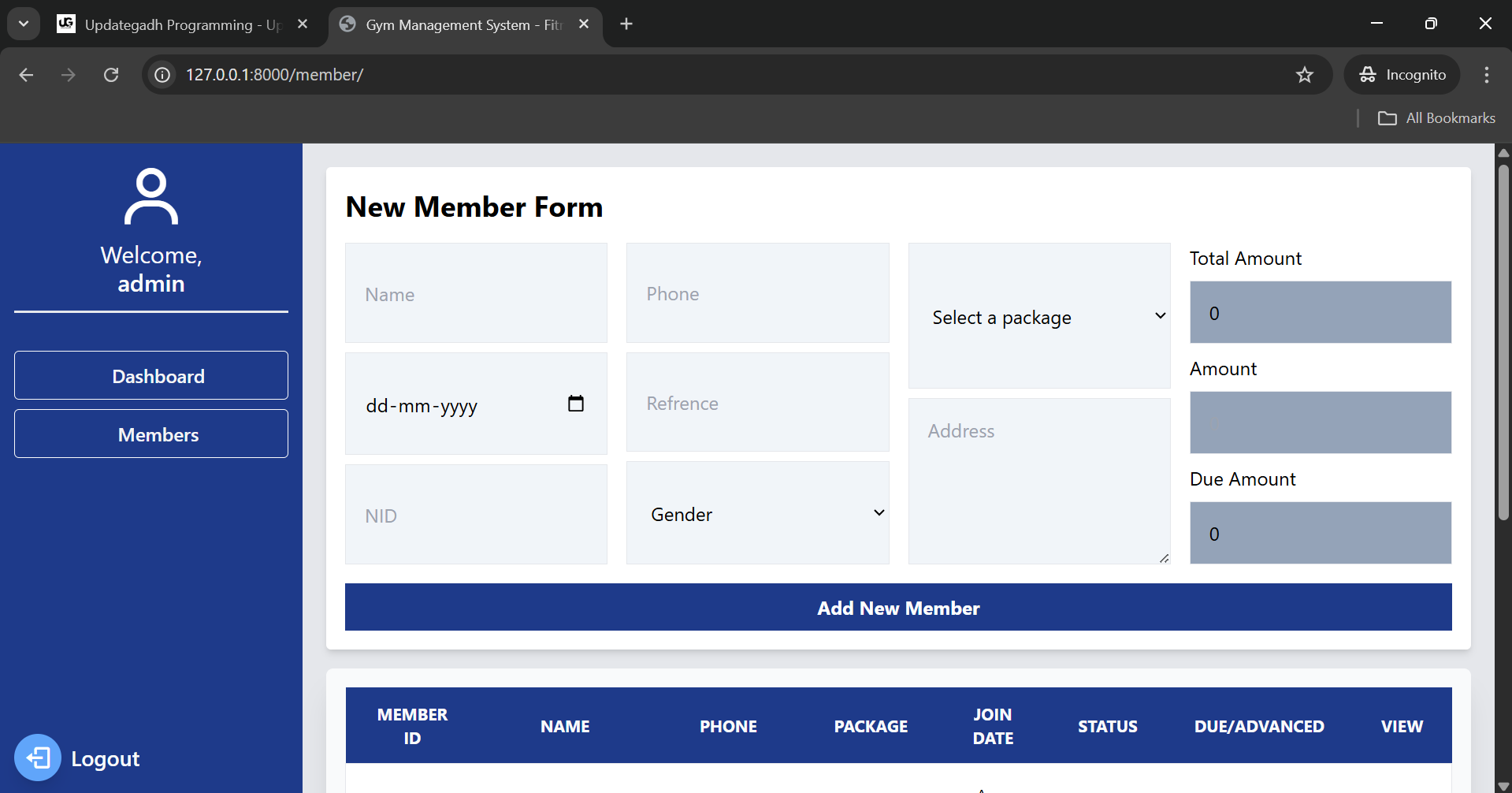
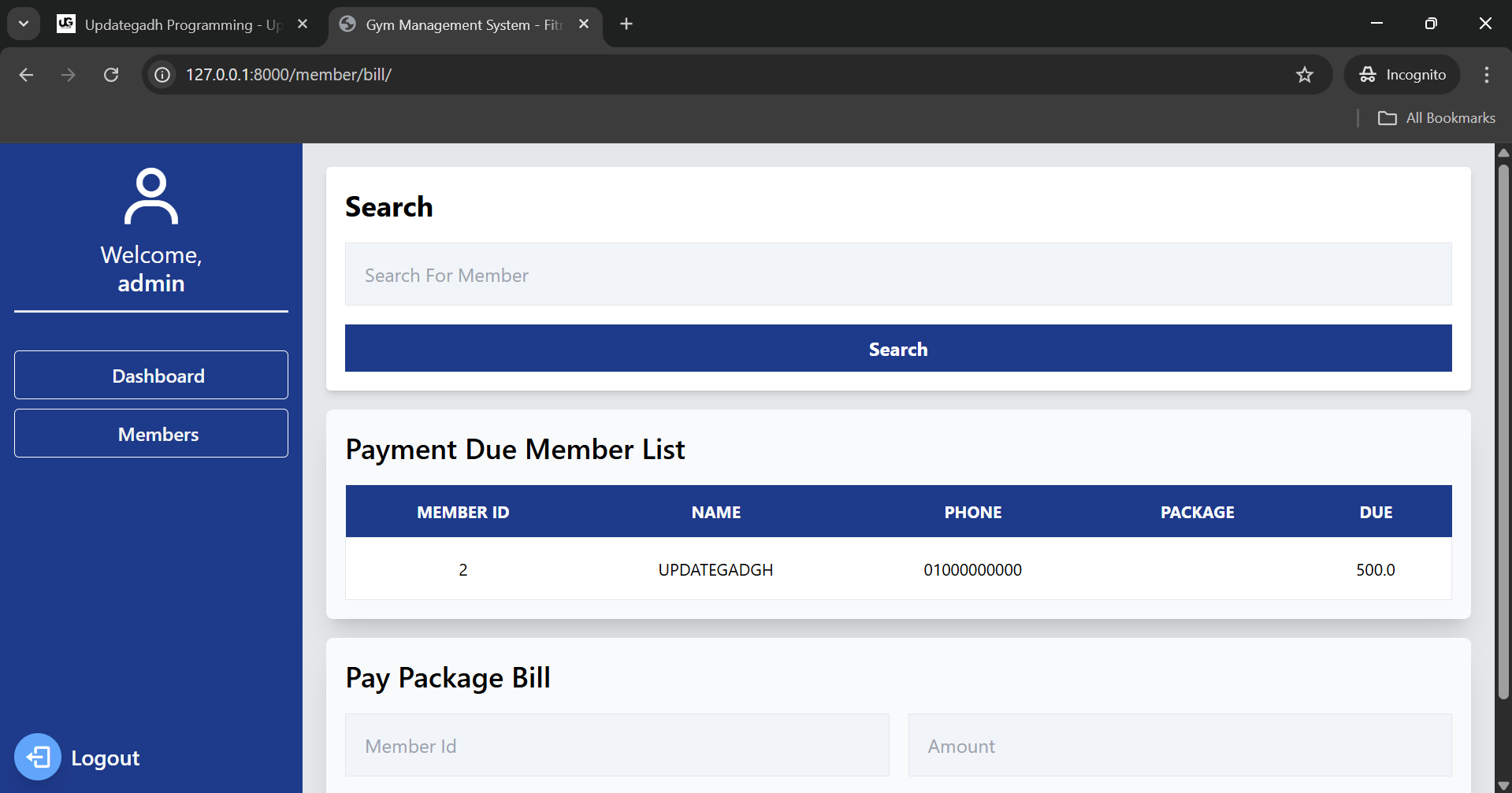

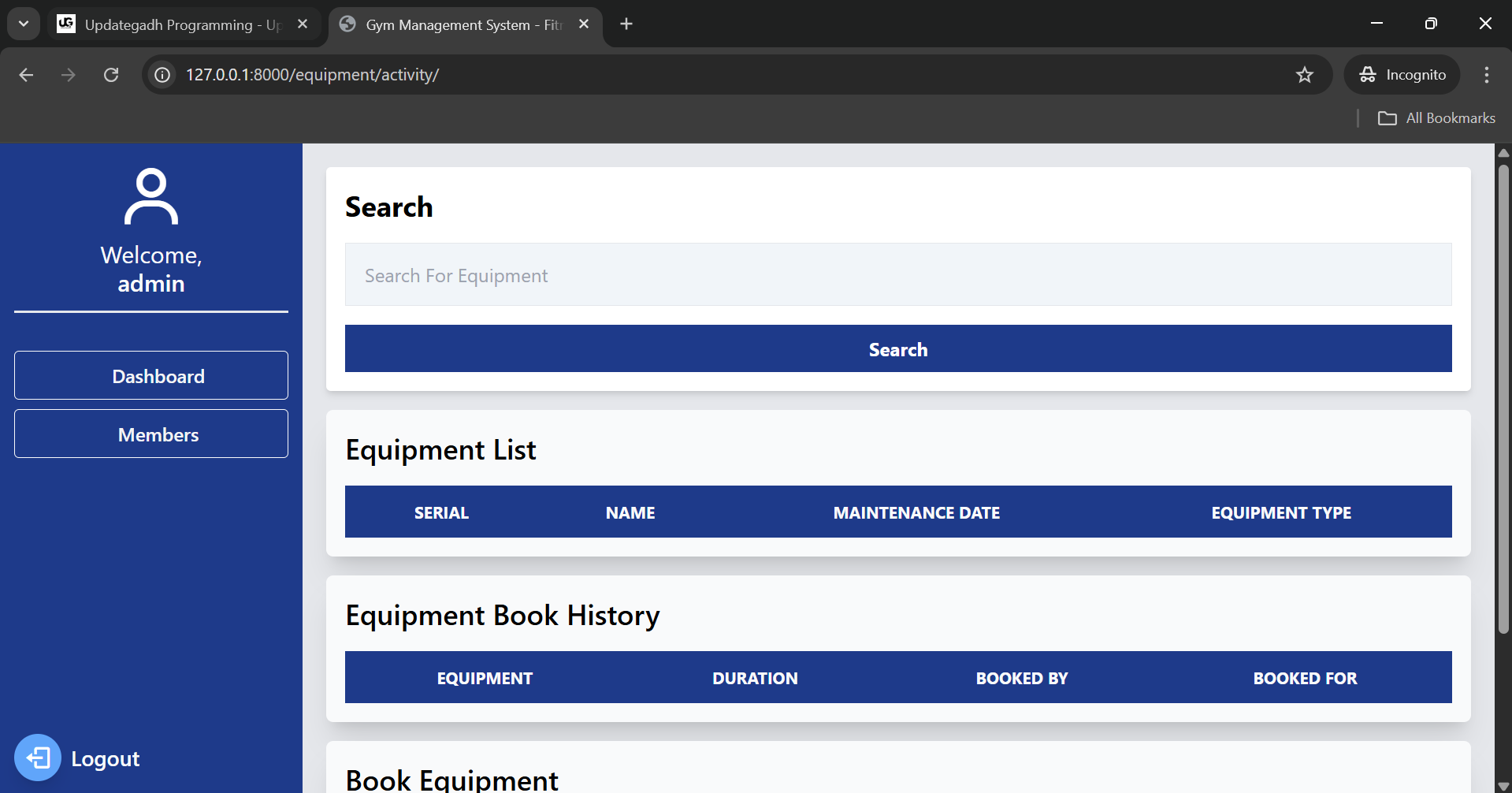

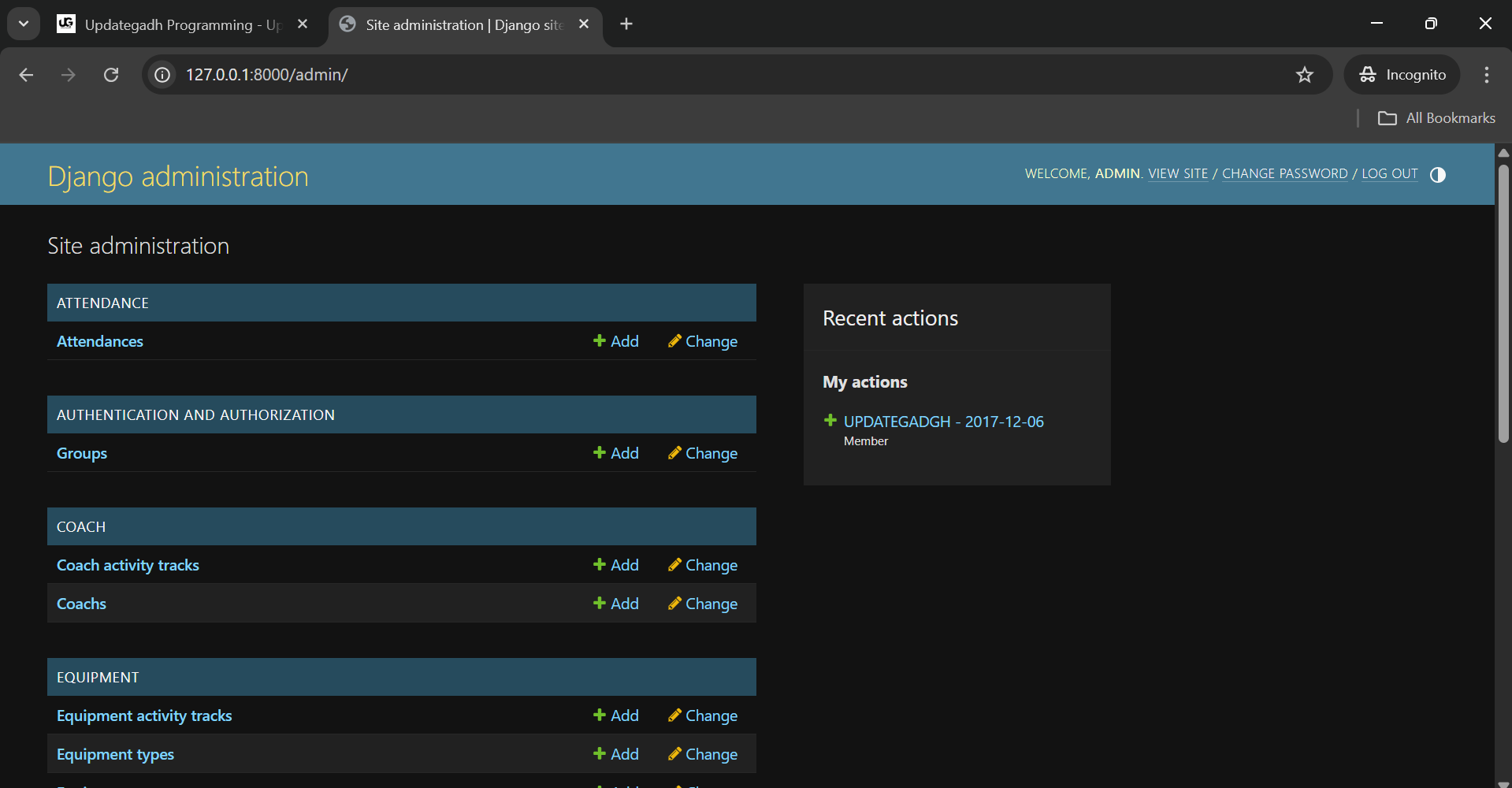






Post Comment